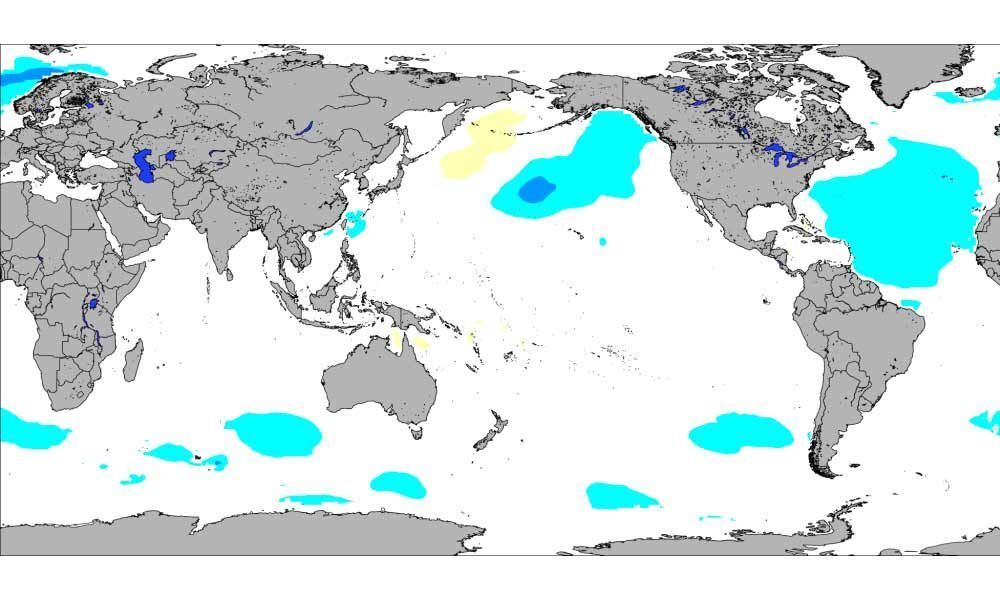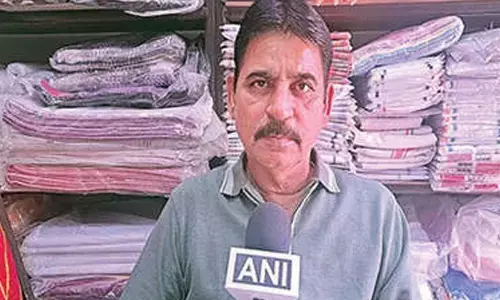Who will do surgical strike on El Nino?

Private weather forecaster Skymet has sounded ‘El Nino’ effect this year which means that India would be receiving below normal rains during this monsoon season between June-September.
Private weather forecaster Skymet has sounded 'El Nino' effect this year which means that India would be receiving below normal rains during this monsoon season between June-September. A rise in temperature in the equatorial Pacific Ocean is once again leading to El Nino effect which is real bad news for Indian farmers this year.
The drought conditions would be prevailing to the extent of at least 15 per cent. However, the predicted El Nino this year could only be a moderate one and not a severe one. Is the government geared up for this? No chance.
This being an election year for us, there is little that the incumbent government would do and the next government in place after May results (of general elections) will have little time to chalk out a programme to tackle it.
But, the governments - whoever is in power - should know that El Nino conditions are not just about the aggregate rainfall, but more about distribution of rainfall over months and regions. This is the real unpredictability here.
The Skymet prediction says that June and July will have less rains which means the monsoon itself will have a sluggish start leading to delay in the sowing season everywhere. The next two months, August and September, may see normal rainfall.
How much of Indian Dipole effect would be there to offset the El Nino effect is to be seen. It is also said that the Eastern part of the country along with the Central areas, are likely to be at a higher risk of being rain-deficient.
It means main crops of the areas during the Kharif like paddy, pulses, soyabean, millet, bajra, jowar and groundnut would be hit. While the range of 96 per cent to 104 per cent of long period average is considered to be normal, it would be around 93 per cent only this year.
Sadly, even after seven decades of independence our governments could not provide irrigation facilities for the country, leaving millions of farmers dependent on the monsoon for a living and on pesticides for relief from the drudgery of life.
Poor monsoon also could mean lower power output and trouble in drinking water front. All this would affect rural spending on consumer goods which is crucial for the economy. Rural buyers account for close to 40 per cent of India's total motorcycle sales.
Likewise, 40 per cent of India's total cement demand comes from rural housing. If monsoon rains lift farm output, it can boost demand for consumer goods as it raises in comes of rural people.
A stronger economic outlook would lift the share value, mainly of companies selling products in rural areas, including consumer goods, automobiles and pesticides. A drought would do exactly the opposite and also force the country to import grains. This will be the real challenge for whichever government comes to power on May 24.
Former President had famously said once that monsoon was India's real Finance Minister. How right is he! India's annual economic performance is still heavily dependent on the monsoon.
El Nino effect will wipe out 25 per cent of the annual farm household income. Will anyone do surgical strikes on El Nino?El Nino, Surgical Strike, Pacific Ocean, Rainfall, Monsoon










